The water that makes it through both tubs doesn’t go straight down the plughole because of the tall pot sink plug, so the sink becomes another opportunity for dirt to settle. When the sink itself starts to fill and the water level approaches the height of the holes in the larger tub, I need to pull out the tall plug, letting most of the water out, not all, and then put the plug back in. If I let all the water out, then dirt that has settled to the bottom of the sink will be encouraged to start going down the plug hole.
After all the water has been idle overnight, it’s possible to slowly let all the water out of the sink. Then I can scoop out any clay I find at the bottom of the sink and throw it in the rubbish. Generally, I find this system works quite well with very little clay going down the plug hole, and it cost me about about £20 instead of over £300.
I’d be interested to know if you have a better alternative or an improvement to the simple, DIY sedimentation tank I’ve described above.
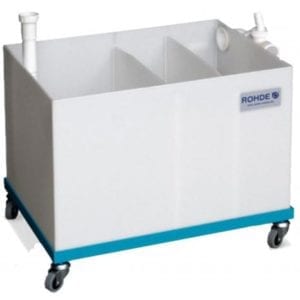
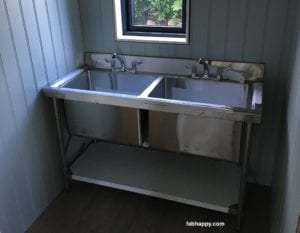
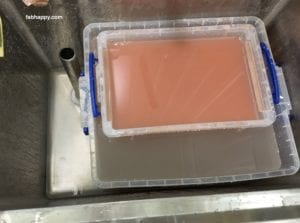
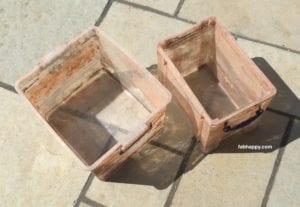
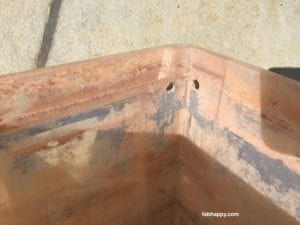
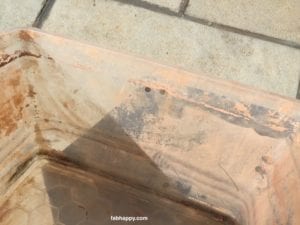
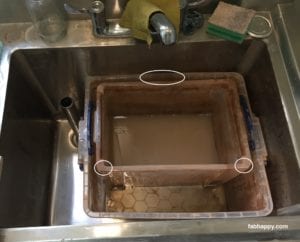
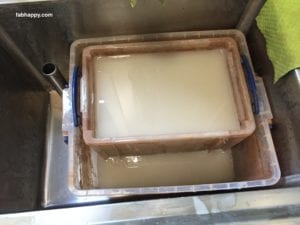
Hello Peter.
This idea looks brilliant.
Did you buy the tall stainless steel pot plug as a separate item ?
When you say you let out the water from the main sink, why does the clay at the bottom of the sink not rush down the plug hole 🕳 or have I not fully understood? Regards Len.
Hi Len,
The tall stainless steel pot plugs came with the sinks. I had no idea about them until the sinks were delivered and I figured out what they were.
If everything goes well, there shouldn’t be too much clay getting into the main sink, but some always does. The trick to letting the water out safely is to always let the sediment settle well before releasing the plug. The clear water above the sediment tends to go down the plughole and the sediment stays where it is until the water level gets close to the sediment. So, I always put the plug back in before the water gets too close to the sediment. I always leave an inch of two of water in the sink.
Every now and then I have to clean the sediment out. I slowly let most of the water out and then use paper towels to collect up all the sediment and throw the dirty towels in the rubbish.
Another negative of this system is that when the plastic tubs get too full of clay sediment, it’s a messy process to take them outside and dump the sediment in the garden. However, we’ve been using the same system for over 5 years without any problems.
Hope that answers your questions. Let me know if you have any more.
All the best,
Peter.
Thanks for the reply peter.
That’s really clear now..
We have the same set up with a large industrial double basin sink minus the tall pot plugs but I’m sure that can be overcome with something I can make. Many thanks again for your help.. Regards. Len.
Hello! My name is Christine Bolado and I am a 5th year Architecture student. here in the Philippines. My Architectural Thesis – Likha Training Center: Fostering Engagement in Pasu (producing clay pots and vases ), Dukit (carving), and Pukpuk (hammering thin sheets of brass, silver, and gold) Pampanga Handicrafts through Social Architecture.
In accordance with the aforementioned, I am conducting research on technological advancements that can be employed for the management of waste generated by the handicraft pottery industry. I have observed your innovative creation and would like to inquire further regarding its specific details. I express my sincere gratitude for your assistance.
Hi Christine,
I’ll send you and email separately.
Best Wishes,
Peter.